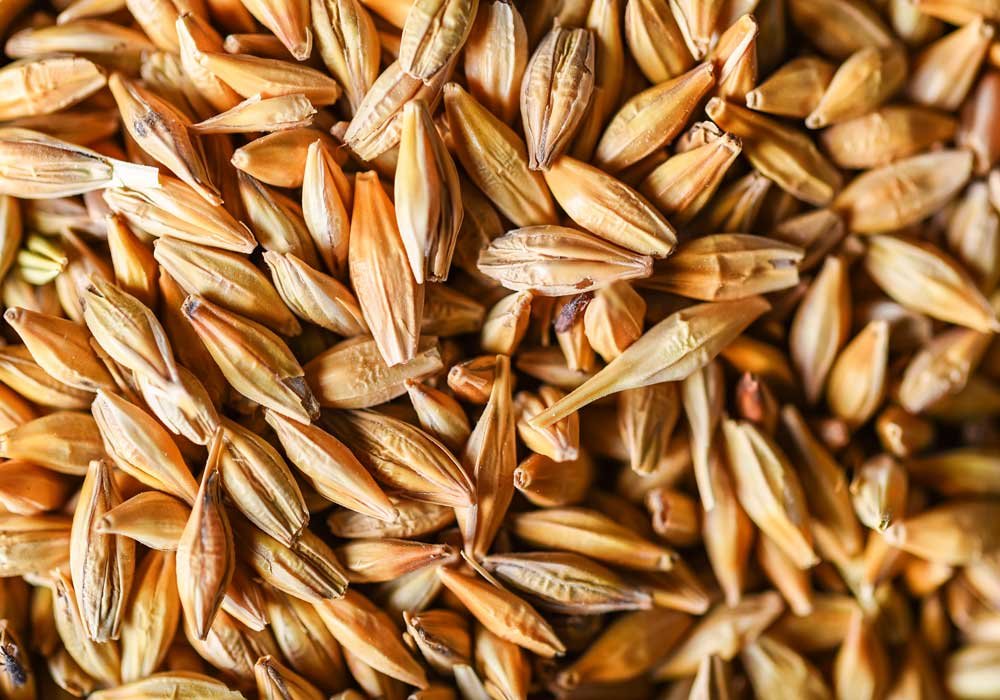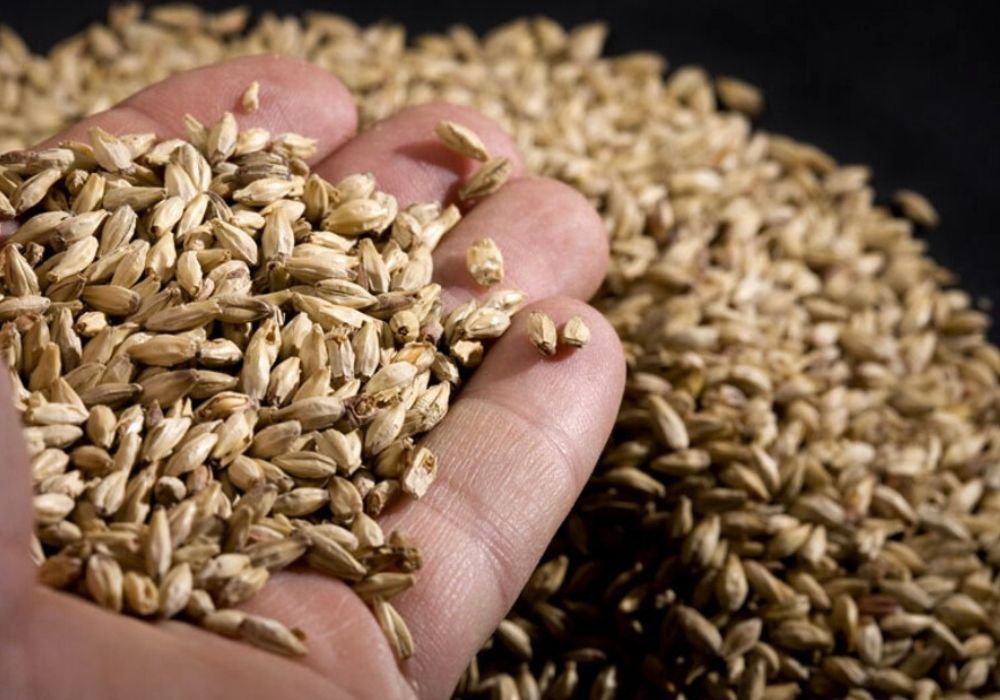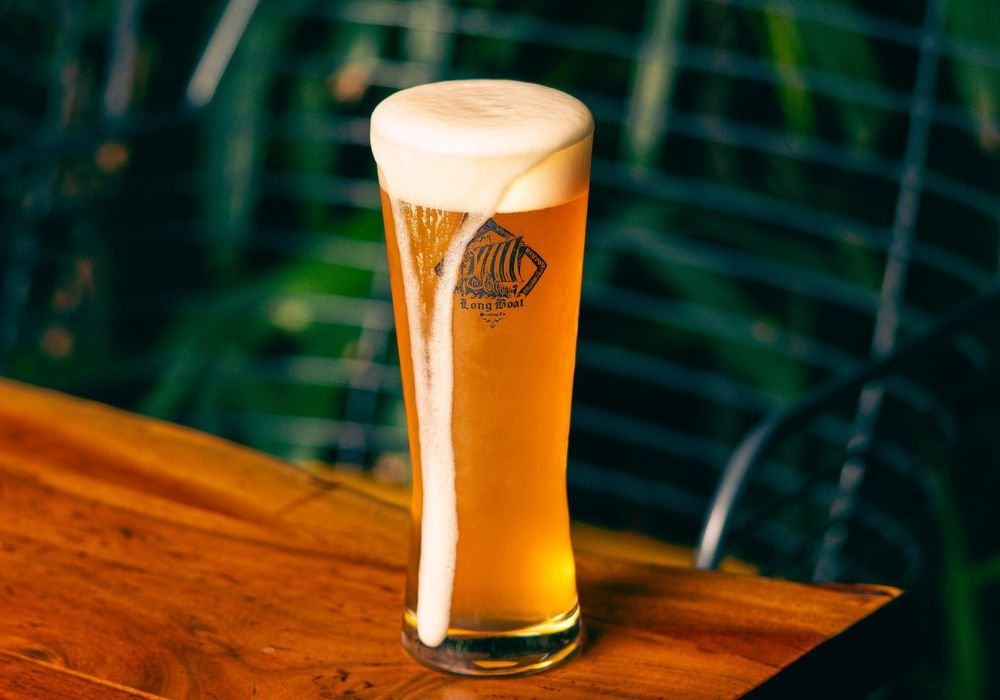Speciality Malts: What Are They?

Speciality malts are steeped and kilned uniquely to achieve desired color, flavour and other characteristics. They spend more time getting roasted in the kiln at higher temperatures to acquire the complex flavour profile to the resulting beer. Speciality malts have less fermentable sugars compared to the base malt and therefore they are added in moderation.
Types of Speciality Malt
Speciality malts are primarily classified into three types, crystal/caramel malt, roasted malt and dark malt. The list is, however, subjective and any maltster may come up with their own patented variations. These are some of the popular speciality grains which you may come across while brewing.
Caramel Malt
Among all the speciality malts, this one has a broad spectrum. Caramel or crystal malts provide color and rich caramel flavour to the beer. These are rated by color ranging from 10 to 120˚L (degrees Lovibond). Lovibond is a measuring scale for colour. Higher the number, darker the colour is.
At the lower end of the spectrum, flavours such as honey, biscuit and caramel are evident. As you go higher on the scale, flavours such as burnt sugar, raisins, figs and dates are imparted. Typically used in darker beer styles like Belgian dubbels or doppelbocks.
Brown malt
Roasted in low temperatures for a longer duration, brown malt exhibits nutty, toasty and coffee notes in a beer. Brown malt is slightly dark and clocks in at 100˚L. This is used in brown ales and porter as well.
Chocolate malt
Chocolate malt is a dark roasted malt which comes in a variety of flavours. Prominently gives out the flavours which resemble dark chocolate and coffee. Chocolate malt is dark in color and ranges from 300 – 500˚L. It is ideally suitable for porters and stouts.
Roasted barley
Roasted barley is not technically considered as a malt since it is added into the roaster in an unmalted state. But it is often used in brewing Irish stouts giving out roasty and slightly burnt notes of an espresso.
Black malt
Black malt is considered as one of the darkest malts available for brewing. It ranges from 500-700˚L. Black malt is roasted at a high temperature, which makes it dry, burnt and bitter. It is used in stouts, in smaller quantities to lend a roasty and burnt flavours as well as a darker color. Too much of this can make your beer taste astringent and burnt.
It is always a good practice to try out some samples of the speciality grains by chewing on kernels to better understand the taste and flavour.
Sources: BYO



